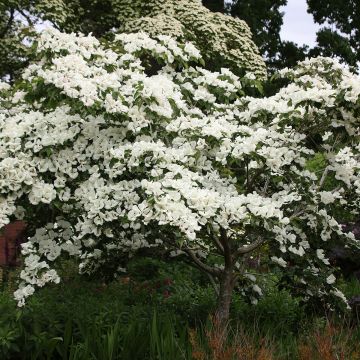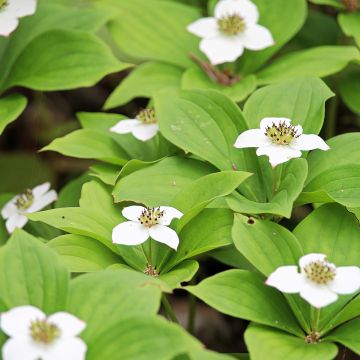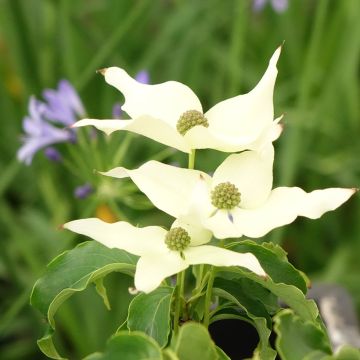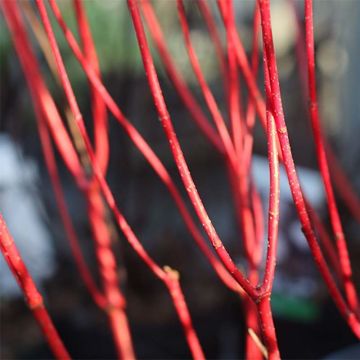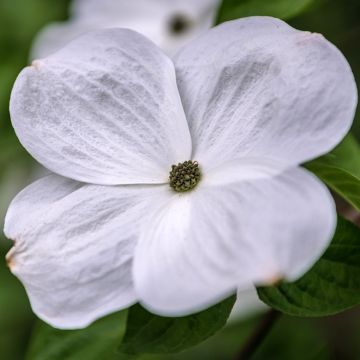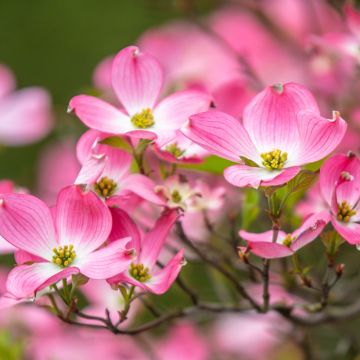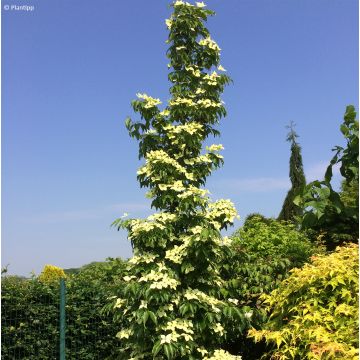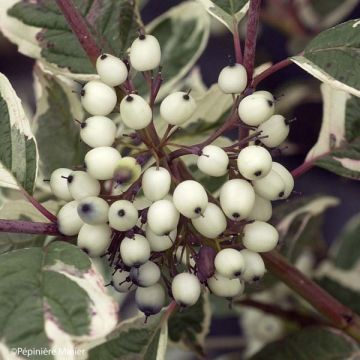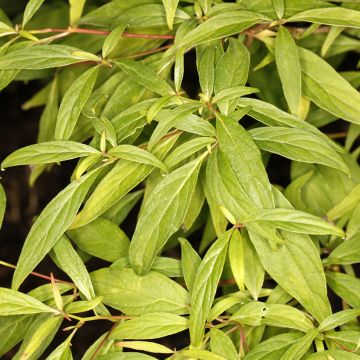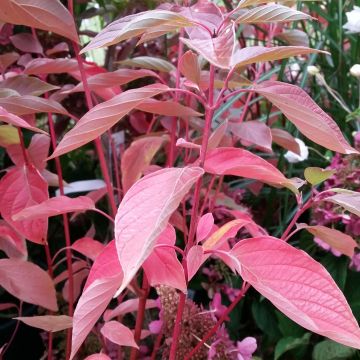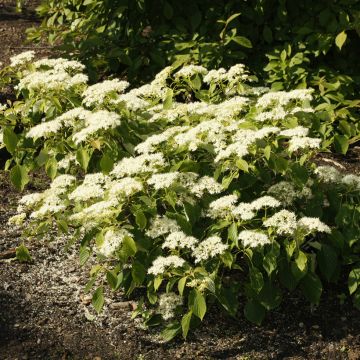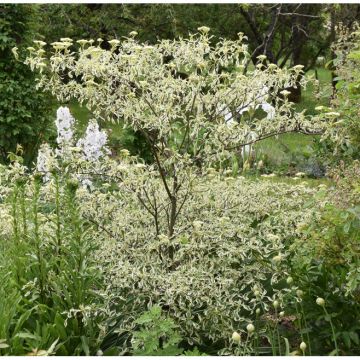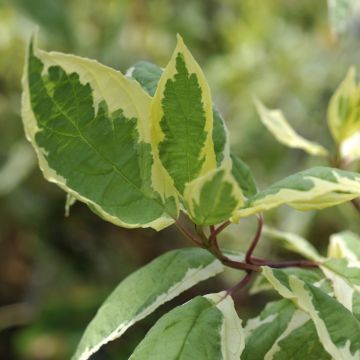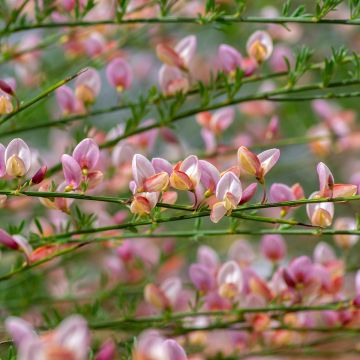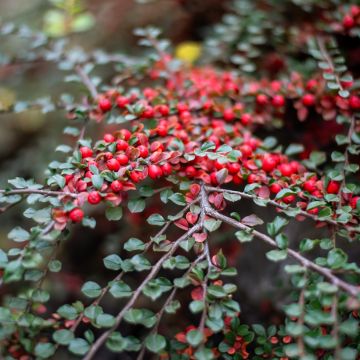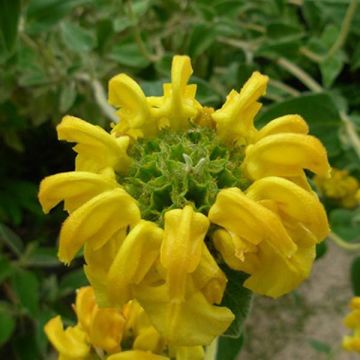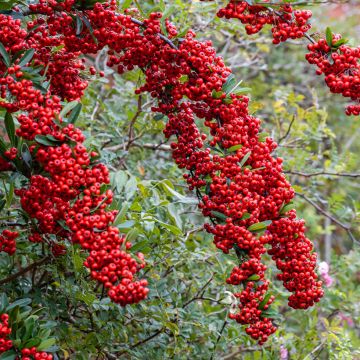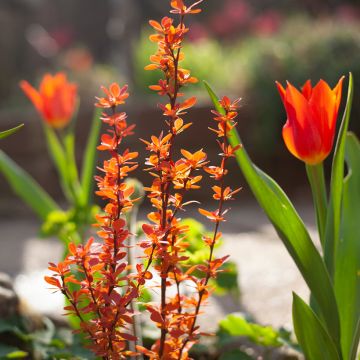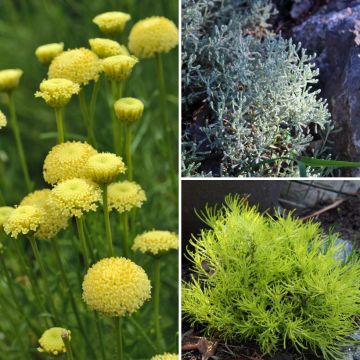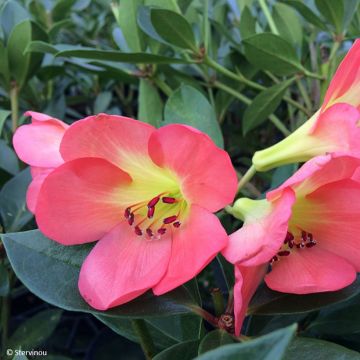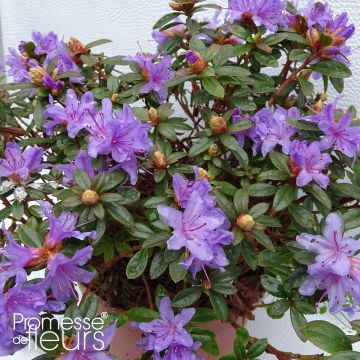

Cornus nuttallii Gold Spot
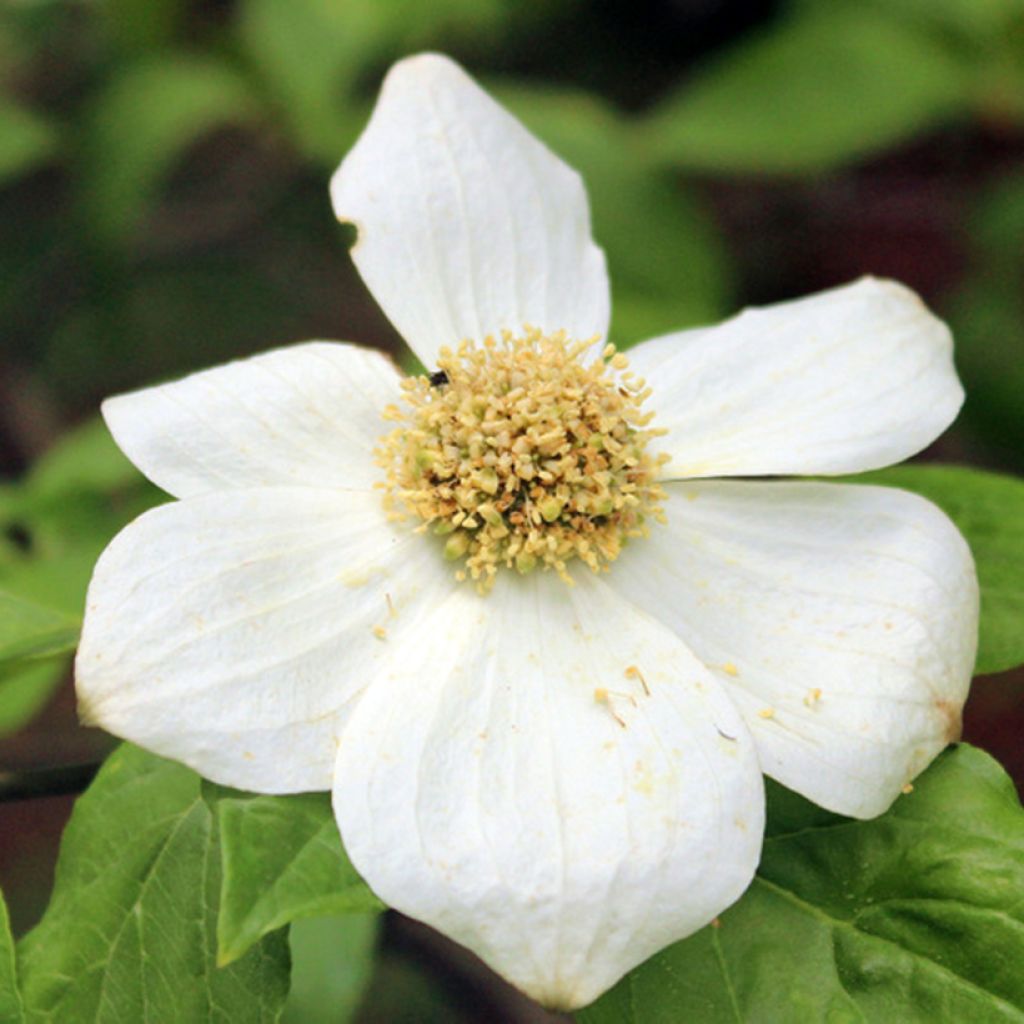

Cornus nuttallii Gold Spot
Cornus nuttallii Gold Spot
Cornus nuttallii Gold Spot
Pacific Dogwood, Mountain Dogwood, Western Dogwood, California Dogwood
Special offer!
Receive a €20 voucher for any order over €90 (excluding delivery costs, credit notes, and plastic-free options)!
1- Add your favorite plants to your cart.
2- Once you have reached €90, confirm your order (you can even choose the delivery date!).
3- As soon as your order is shipped, you will receive an email containing your voucher code, valid for 3 months (90 days).
Your voucher is unique and can only be used once, for any order with a minimum value of €20, excluding delivery costs.
Can be combined with other current offers, non-divisible and non-refundable.
Why not try an alternative variety in stock?
View all →This plant carries a 24 months recovery warranty
More information
We guarantee the quality of our plants for a full growing cycle, and will replace at our expense any plant that fails to recover under normal climatic and planting conditions.
Would this plant suit my garden?
Set up your Plantfit profile →
Description
Cornus nuttallii Gold Spot is a horticultural variety of the Pacific Dogwood, recognisable by its variegated foliage and size. It forms a large bush or sometimes even a small tree with refined looks. Its oval leaves are green, widely variegated with yellow, giving it a bright appearance throughout the growing season. From May, large white inflorescences composed of bracts that surround a green heart of small flowers appear. It thrives in non-limestone soil, from neutral to acidic, and in moist conditions, in sunny to semi-shaded exposures. It is quite hardy and it makes beautiful specimens worthy of being planted individually or associated in a large group or a grove of bushes.
Cornus nuttallii belongs to the Cornaceae family, to which it has given its name. The other most well-known representatives are Nyssa and Davidia, while other genera grow in subtropical to tropical zones. It is native to coastal regions ranging from southern British Columbia to the mountains of southern California, where it mainly grows along watercourses, in mixed forests of conifers or deciduous trees, at low altitudes. It is also found on moist slopes, at altitudes between 3000 m and 5000 m.
The cultivar Gold Spot is a horticultural selection with variegated foliage. Slightly smaller in size than the species, which reaches about twelve metres in our climates, it still forms a bush of respectable size, about 8 m high and almost as wide. By selecting a main axis and pruning it, it is also possible to train it as a tree.
Its natural habit is conical to pyramidal, formed by a crown of lateral branches that become shorter towards the top. Its fairly dense branching bears oval leaves measuring 6 to 12 cm in length, a deep green mixed with yellow. In some leaves, spaces between the veins are partly marbled with yellow, while others have a majority of the leaf surface occupied by this colour. This irregular variegation gives a particularly bright visual effect, especially when the bush is planted in semi-shade.
From June in cool regions, and as early as May in mild climates, clusters of small green flowers form. They are grouped in clusters (glomerules) and are surrounded by 6 pure white bracts reaching 5-7 cm, similar to petals. Its cousin Cornus florida produces inflorescences with only 4 bracts, which allows them to be easily distinguished. The bracts can be of uniform size or irregular, with some narrow and others well spread out. This flowering is more abundant if temperatures are high in summer and is followed in September-October by scattered, light red to orange, inedible fruits, measuring 1 cm in diameter.
The deciduous foliage takes on beautiful autumn colours, turning yellow, orange, and red, with some persistent green at first, before falling to the ground. Note that this species is quite sensitive to dogwood anthracnose under stressful conditions. The flower of this tree is the emblem of the Canadian province of British Columbia.
This bush is hardy to about -17°C and grows in non-limestone, moist soils, in full sun or semi-shade. Its relatively shallow root system requires regular moisture and is sensitive to drought. Its ornamental interest throughout the growing season justifies planting it individually on a lawn, and it can also be integrated into a large mixed border, in the background.
Cornus nuttallii Gold Spot is a superb plant worthy of gardens that are large enough to accommodate it. It is better suited to humid climates, which still experience fairly hot summers. It can be associated with other plants with staggered flowering periods to enjoy flowers all year round. In winter, Hamamelis will provide a spectacle with their surprising spider-like inflorescences, in yellow, red, orange, or purple. In March, the early flowering of Magnolia denudata Festirose in the shape of a tulip in a charming soft pink will take over. Then the countless varieties of Rhododendron will precede and accompany the dogwood flowering, creating sumptuous colour combinations. Add a few Hydrangeas for the summer, and some Autumn Camellias, and you have a flower bed blooming for 12 months of the year that will enchant your garden!
Report an error about the product description
Cornus nuttallii Gold Spot in pictures


Plant habit
Flowering
Foliage
Botanical data
Cornus
nuttallii
Gold Spot
Cornaceae
Pacific Dogwood, Mountain Dogwood, Western Dogwood, California Dogwood
Cultivar or hybrid
Other Cornus
View all →Planting and care
Cornus nuttalli Gold Spot is best planted in a sunny, non-scorching exposure, or partially shaded, with some shade in the afternoon, but morning sun. In very humid places (near a water point), full sun is desirable. It likes the heat that helps its flowering and doesn't like late spring frosts. Plant it in neutral soil, devoid of limestone, or with an acidic tendency. The soil should be moist while being well-drained and not too compact. Plant in spring or autumn (frost-free). Soak the root ball for fifteen minutes in a bucket of water to soak it well, dig a hole 60 cm on each side and at the bottom, and mix the soil in place with planting compost. Position the root ball, fill in around it and water abundantly. Water regularly for the first two years and during subsequent summers.
This Dogwood requires little maintenance if the conditions suit it: mulch the soil in late autumn with an organic material (shredded pruning waste, straw, compost...) over the entire diameter of the bush, to slightly enrich the soil. Pruning is not essential. Look out for parasitic attacks such as anthracnose, which can cause severe damage to this species. This disease is characterised by the appearance of small brown spots on the foliage. In advanced stages, it can seriously harm its growth and even lead to its decline.
Planting period
Intended location
Care
This item has not been reviewed yet - be the first to leave a review about it.
Similar products
Haven't found what you were looking for?
Hardiness is the lowest winter temperature a plant can endure without suffering serious damage or even dying. However, hardiness is affected by location (a sheltered area, such as a patio), protection (winter cover) and soil type (hardiness is improved by well-drained soil).

Photo Sharing Terms & Conditions
In order to encourage gardeners to interact and share their experiences, Promesse de fleurs offers various media enabling content to be uploaded onto its Site - in particular via the ‘Photo sharing’ module.
The User agrees to refrain from:
- Posting any content that is illegal, prejudicial, insulting, racist, inciteful to hatred, revisionist, contrary to public decency, that infringes on privacy or on the privacy rights of third parties, in particular the publicity rights of persons and goods, intellectual property rights, or the right to privacy.
- Submitting content on behalf of a third party;
- Impersonate the identity of a third party and/or publish any personal information about a third party;
In general, the User undertakes to refrain from any unethical behaviour.
All Content (in particular text, comments, files, images, photos, videos, creative works, etc.), which may be subject to property or intellectual property rights, image or other private rights, shall remain the property of the User, subject to the limited rights granted by the terms of the licence granted by Promesse de fleurs as stated below. Users are at liberty to publish or not to publish such Content on the Site, notably via the ‘Photo Sharing’ facility, and accept that this Content shall be made public and freely accessible, notably on the Internet.
Users further acknowledge, undertake to have ,and guarantee that they hold all necessary rights and permissions to publish such material on the Site, in particular with regard to the legislation in force pertaining to any privacy, property, intellectual property, image, or contractual rights, or rights of any other nature. By publishing such Content on the Site, Users acknowledge accepting full liability as publishers of the Content within the meaning of the law, and grant Promesse de fleurs, free of charge, an inclusive, worldwide licence for the said Content for the entire duration of its publication, including all reproduction, representation, up/downloading, displaying, performing, transmission, and storage rights.
Users also grant permission for their name to be linked to the Content and accept that this link may not always be made available.
By engaging in posting material, Users consent to their Content becoming automatically accessible on the Internet, in particular on other sites and/or blogs and/or web pages of the Promesse de fleurs site, including in particular social pages and the Promesse de fleurs catalogue.
Users may secure the removal of entrusted content free of charge by issuing a simple request via our contact form.
The flowering period indicated on our website applies to countries and regions located in USDA zone 8 (France, the United Kingdom, Ireland, the Netherlands, etc.)
It will vary according to where you live:
- In zones 9 to 10 (Italy, Spain, Greece, etc.), flowering will occur about 2 to 4 weeks earlier.
- In zones 6 to 7 (Germany, Poland, Slovenia, and lower mountainous regions), flowering will be delayed by 2 to 3 weeks.
- In zone 5 (Central Europe, Scandinavia), blooming will be delayed by 3 to 5 weeks.
In temperate climates, pruning of spring-flowering shrubs (forsythia, spireas, etc.) should be done just after flowering.
Pruning of summer-flowering shrubs (Indian Lilac, Perovskia, etc.) can be done in winter or spring.
In cold regions as well as with frost-sensitive plants, avoid pruning too early when severe frosts may still occur.
The planting period indicated on our website applies to countries and regions located in USDA zone 8 (France, United Kingdom, Ireland, Netherlands).
It will vary according to where you live:
- In Mediterranean zones (Marseille, Madrid, Milan, etc.), autumn and winter are the best planting periods.
- In continental zones (Strasbourg, Munich, Vienna, etc.), delay planting by 2 to 3 weeks in spring and bring it forward by 2 to 4 weeks in autumn.
- In mountainous regions (the Alps, Pyrenees, Carpathians, etc.), it is best to plant in late spring (May-June) or late summer (August-September).
The harvesting period indicated on our website applies to countries and regions in USDA zone 8 (France, England, Ireland, the Netherlands).
In colder areas (Scandinavia, Poland, Austria...) fruit and vegetable harvests are likely to be delayed by 3-4 weeks.
In warmer areas (Italy, Spain, Greece, etc.), harvesting will probably take place earlier, depending on weather conditions.
The sowing periods indicated on our website apply to countries and regions within USDA Zone 8 (France, UK, Ireland, Netherlands).
In colder areas (Scandinavia, Poland, Austria...), delay any outdoor sowing by 3-4 weeks, or sow under glass.
In warmer climes (Italy, Spain, Greece, etc.), bring outdoor sowing forward by a few weeks.































